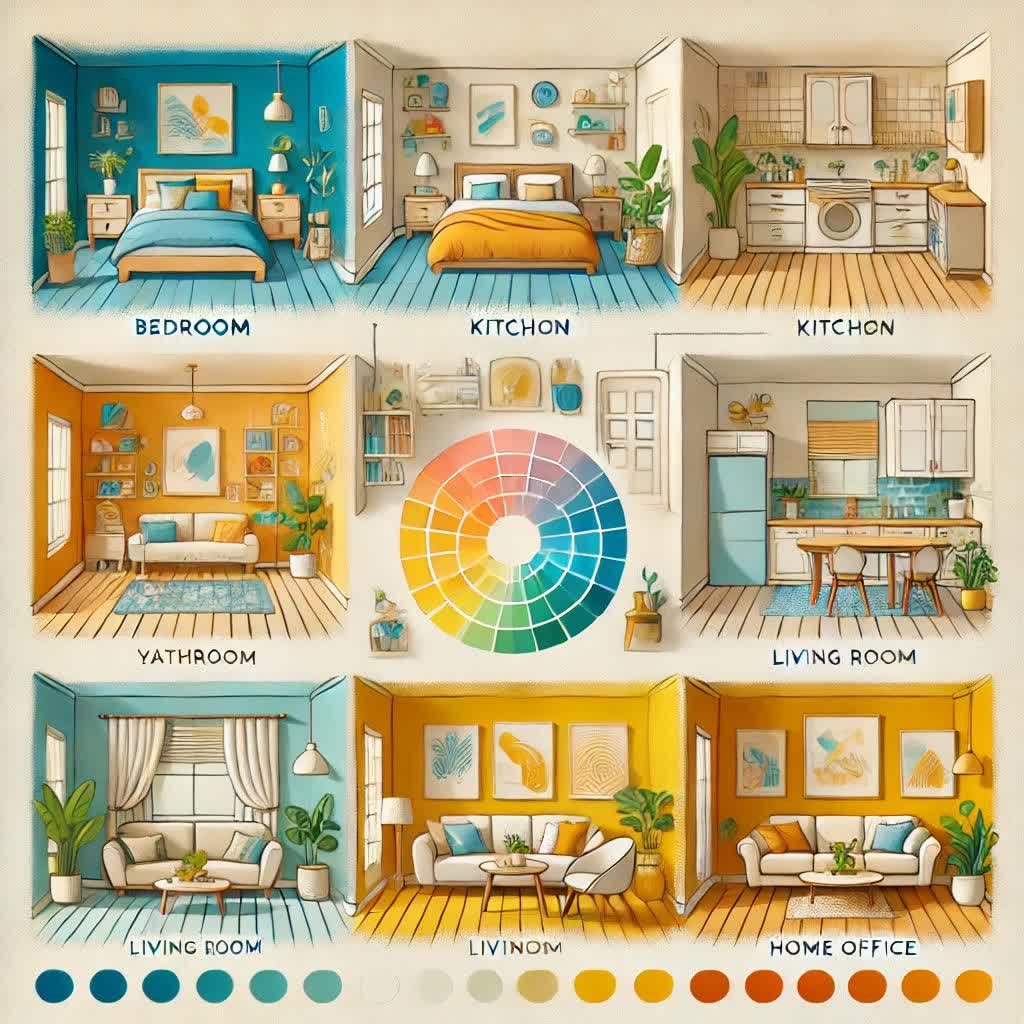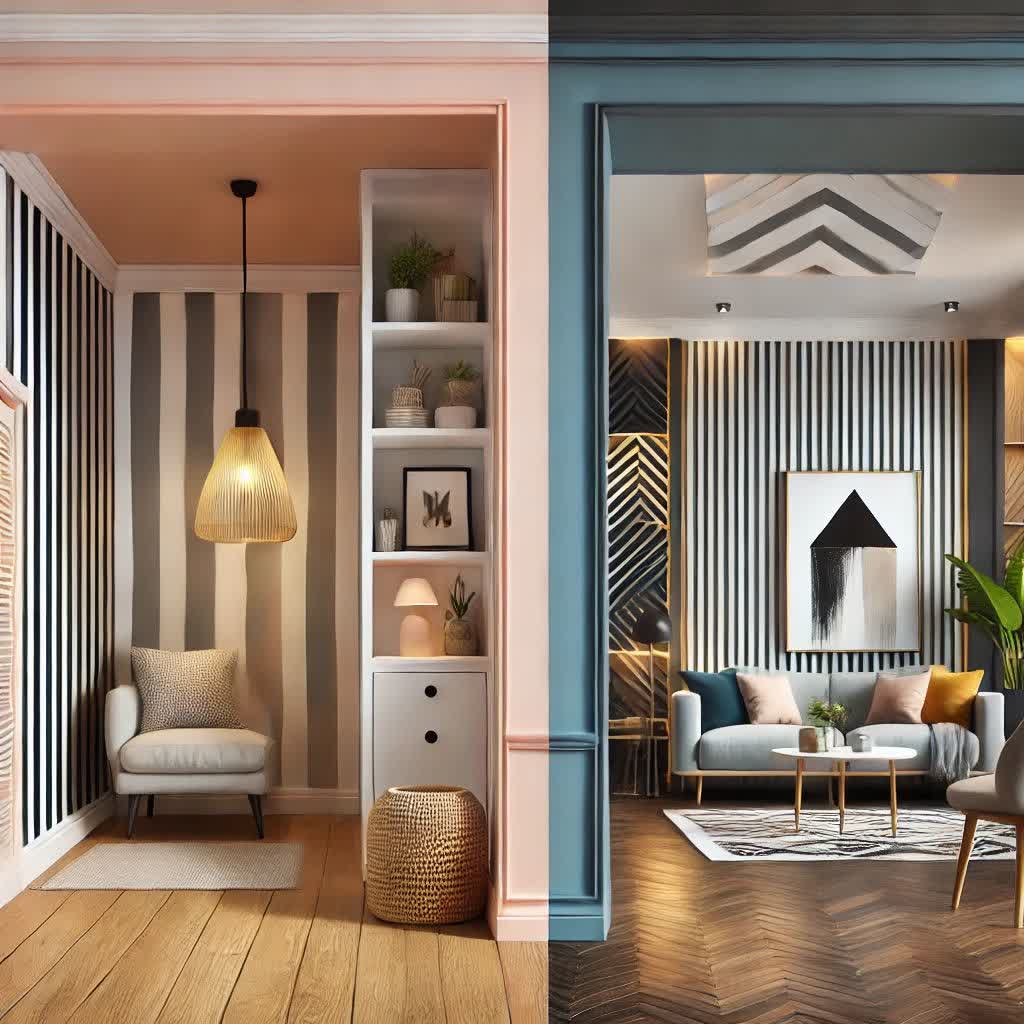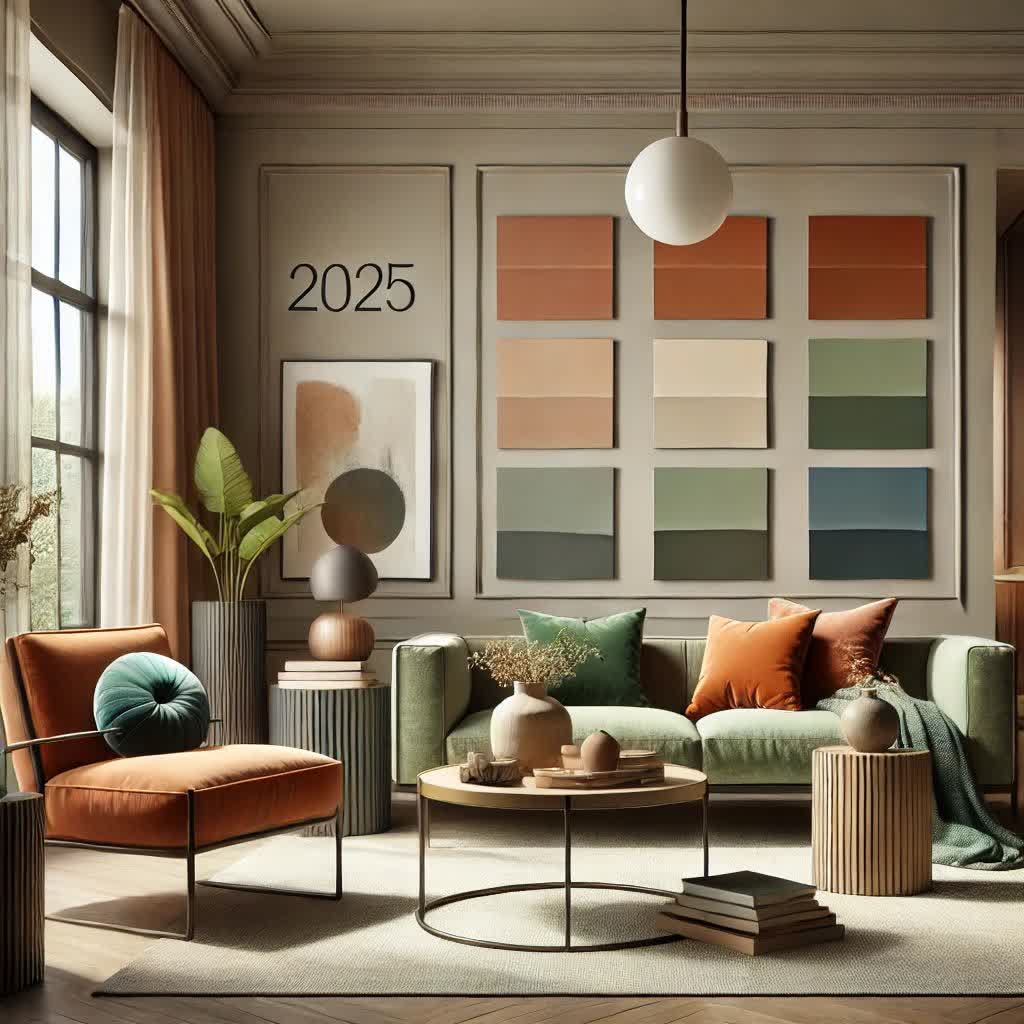Color is one of the most powerful tools in interior design, influencing the mood, style, and functionality of a space. Each room in a house serves a unique purpose and, consequently, calls for a color palette that resonates with its function and the atmosphere one wishes to create. This comprehensive guide will explore how to choose the right color for every room in the house, ensuring cohesive design and enhanced living experiences.
Understanding the Psychology of Color
Before delving into specific room colors, it’s essential to understand the psychology behind color choices. Different colors evoke differing emotions and can affect mood and behavior:
– Warm Colors (reds, oranges, yellows): These colors are stimulating and energetic, often associated with warmth and comfort. They can increase energy levels and appetite, making them ideal for social spaces.
– Cool Colors (blues, greens, purples): Known for their calming effects, cool colors can help reduce stress and promote relaxation. They are ideal for spaces meant for rest and tranquility.
– Neutral Colors (grays, whites, beiges): These colors create a sophisticated and timeless look, providing a versatile backdrop for other colors and furnishings.
Choosing the Right Color for Each Room
1. Living Room: The Heart of the Home
The living room is a gathering space for family and friends, so its color choice should reflect warmth and invitation.
– Color Palette: Warm neutrals like beige or taupe paired with accent colors such as terracotta or mustard can create an inviting atmosphere. Alternatively, soft grays paired with pastel accents can introduce a modern twist.
– Mood Impact: Warm colors foster conversation and connection, while cool tones offer a more relaxed vibe. Consider using an accent wall to add depth or personality.
2. Kitchen: A Space for Creativity and Comfort
Kitchens are not just for cooking; they’re also social hubs. Choosing the right color can enhance creativity and appetite.
– Color Palette: Bright and cheerful colors like sunny yellow or vibrant orange can stimulate energy and improve mood. For a more contemporary feel, consider classic white or soft gray with colorful backsplash tiles.
– Mood Impact: Warm colors can enhance the kitchen’s convivial atmosphere, while cool colors, particularly in cabinetry and fixtures, can create a clean, modern look.
3. Dining Room: Setting the Stage for Meals
The dining room should promote conversation, connection, and appetite between family and friends.
– Color Palette: Deep reds, warm browns, and rich greens create a cozy atmosphere conducive to shared meals. Alternatively, a light cream colored wall can create a spacious feel and harmonize with various table settings.
– Mood Impact: Warm colors promote warmth and encourage long meals, while neutral hues can make the space feel more inclusive and adaptable.
4. Bedroom: A Sanctuary for Rest
The bedroom is a personal sanctuary where rest and relaxation are paramount. The color palette should reflect tranquility.
– Color Palette: Soft blues, gentle greens, and lavender shades invoke serenity and promote restful sleep. Neutral grays or beiges can also create a calm atmosphere, allowing for personal decor accents.
– Mood Impact: Cool colors encourage relaxation and peace, while soft, muted tones can foster a sense of calm—essential for a good night’s sleep.
5. Bathroom: A Spa-like Retreat
Bathrooms can be transformed into serene retreats that promote relaxation and rejuvenation.
– Color Palette: Light blues and soft greens can simulate the calming effects of water, while crisp whites can create a fresh and airy feel. Consider adding a splash of color with towels or decor items for a personal touch.
– Mood Impact: Cool tones create a refreshing atmosphere, while soft earth tones can establish a warm and inviting space.
6. Home Office: Boosting Productivity and Focus
Creating a productive home office environment is essential for concentration and creativity.
– Color Palette: Bright and energizing colors like soft yellows or light greens can stimulate mental clarity. Mid-tone grays paired with vibrant orange or teal accents can create balance and stimulate creativity.
– Mood Impact: Cool colors promote concentration, while warm accents can encourage creativity and innovative thinking.
7. Children’s Room: Inspiring Imagination and Play
Children’s rooms should inspire creativity and play while still being a comforting space.
– Color Palette: Bright primary colors such as red, blue, and yellow can stimulate creativity and playfulness. Consider softer pastels for a calming effect or a neutral base with colorful accents.
– Mood Impact: Bright colors stimulate energy and creativity, while softer tones can provide a sense of security and comfort.
Tips for Choosing the Right Color
1. Consider Lighting: Natural and artificial lighting can significantly alter the appearance of a color. Test colors on walls and observe them at different times of the day.
2. Create a Color Scheme: Choose a cohesive color scheme that flows from room to room, creating a sense of unity throughout the home.
3. Sample, Sample, Sample: Always use paint samples on the walls to see how colors look in your space. Observe them in both natural light and artificial light.
4. Think About the Size of the Room: Lighter colors can make a small room feel larger, while deeper hues can make large spaces feel more intimate.
5. Use Accent Colors: Don’t be afraid to use bold accent colors to bring personality and vibrancy to a room. They can be introduced through décor items, furniture, or an accent wall.
6. Personal Preference: Ultimately, choose colors that resonate with personal preferences and style. Personal touches make a home uniquely yours.
Conclusion
Choosing the right color for each room in the house is crucial for creating a harmonious and inviting living space. By understanding the psychology of color and considering the purpose of each room, anyone can select colors that enhance mood, functionality, and aesthetic appeal. Whether opting for warm, vibrant hues or cool, calming shades, the color choices play a vital role in transforming a house into a home.
Following this guide, confidently explore the colorful world of interior design, ensuring that each room reflects personal style while serving its intended purpose.



